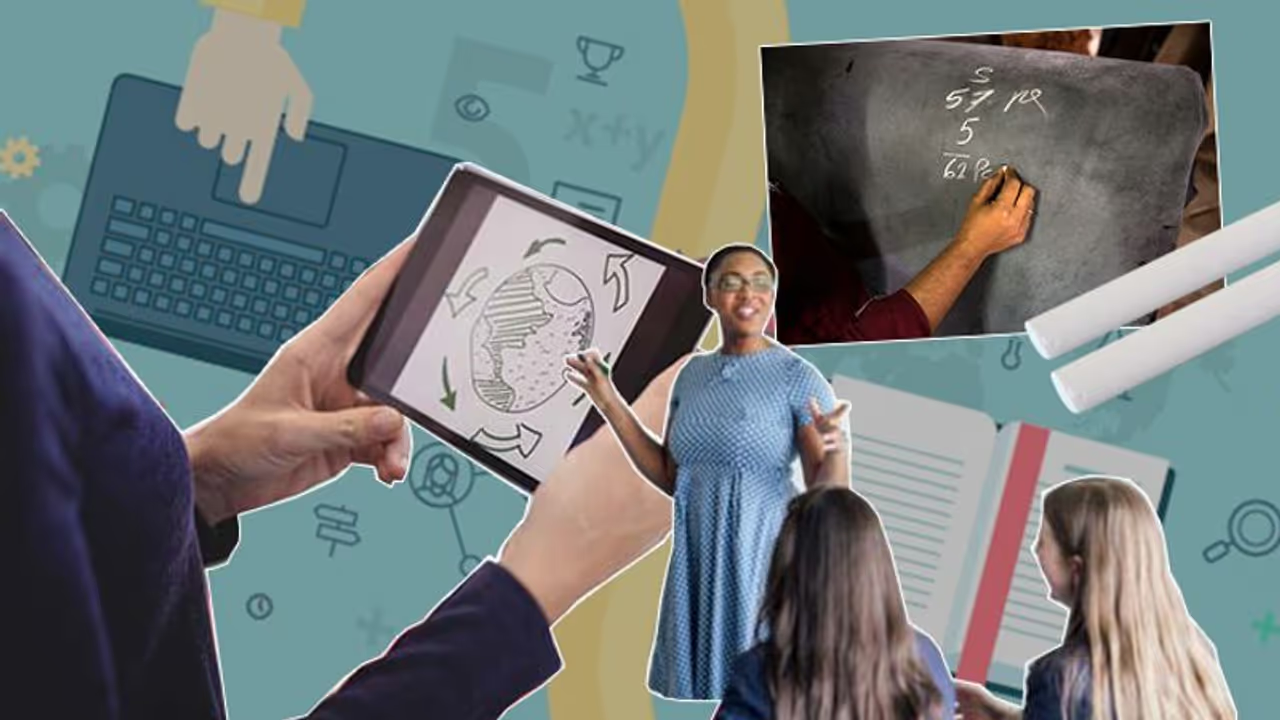With the advent of technology in the field of education, teaching methods have changed. With this, teachers face more challenges as exposure to Internet makes knowledge freely available
Bengaluru: About two decades ago, students relied heavily on their teachers to learn more and increase their knowledge about a subject.
The teaching methods (pedagogy) used to traditionally happen within the four walls of a room. Students used to wake up early, finish ablutions and run quickly to attend tuitions, and within hours, they used to rush to schools.
Teachers used to come prepared meticulously and any questions the students asked, these teachers would answer them confidently.
Cut to the present and the system has changed diametrically. Any issue or subject the student wants to know, it is available at the click of a button!
The proverbial “Google it” has replaced the long hours of waiting and the seeming rigmarole of a student having to wait to attend classes to get their doubts solved.
Indeed, Internet or social media in general has changed the very landscape of teaching and knowledge acquisition.
Rakshith MR, an English teacher says, “Social media as a source of reference is too easily available. The joy or effort to search for a reference book is compromised with.”
Adding to this teacher’s take, technology has advanced so much that as a teacher touches upon a topic, using “lives” a student can easily transmit what the teacher is saying from one part of the world to another, in a jiffy.
Another teacher adds, “Exposure to visual media like educational applications where fleeting images are used reduces the attention span. It is indeed a challenge to keep them engrossed. However if you can’t beat them, join them!”
With technology entering education, there is a phenomenal potential to reach out to the masses. A teacher can be more impactful, going beyond chalk and board to simplify concepts for a student.
But Rakshith MR adds, “They can only supplement traditional teaching. They can’t stand on their own.”
